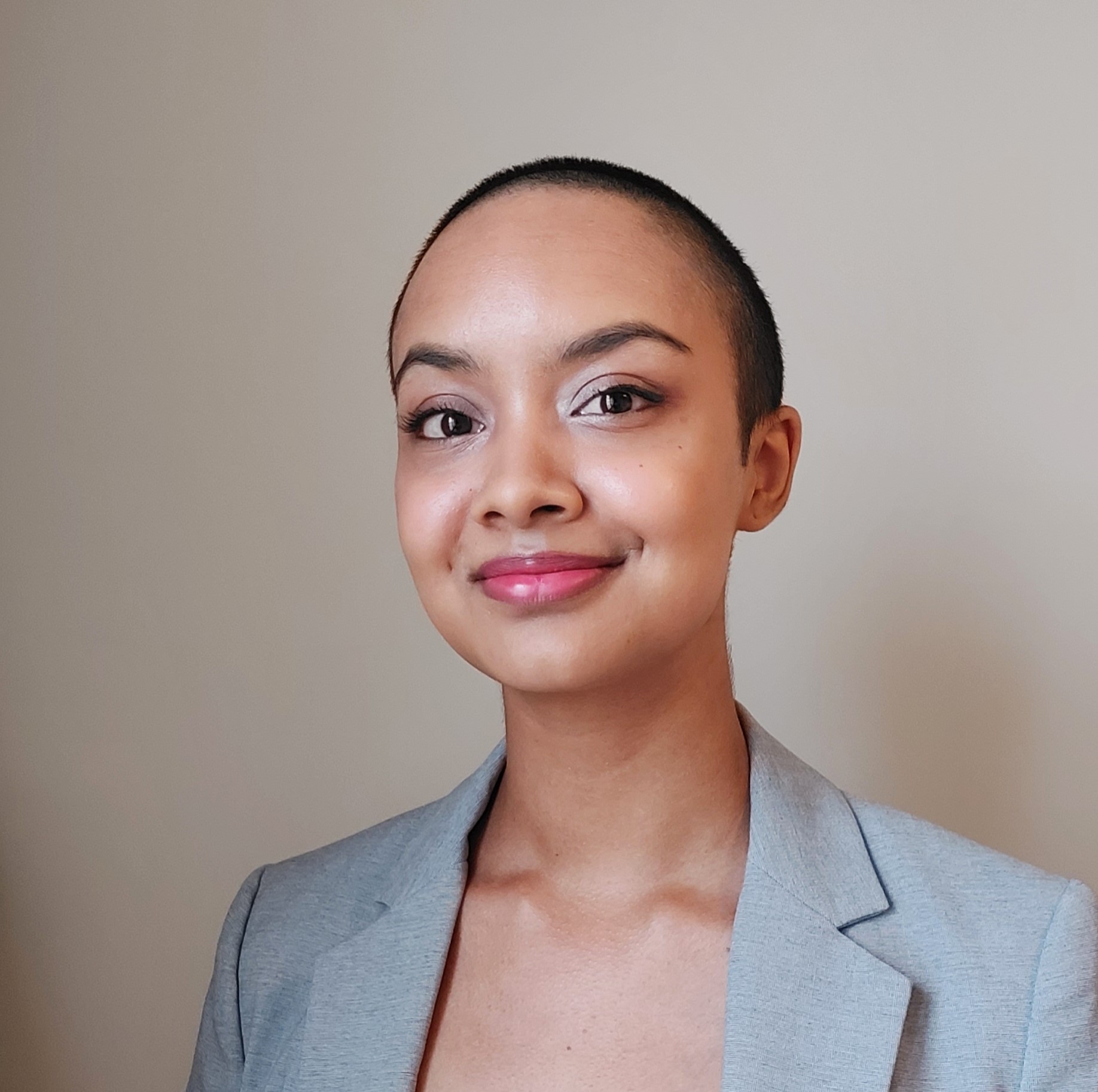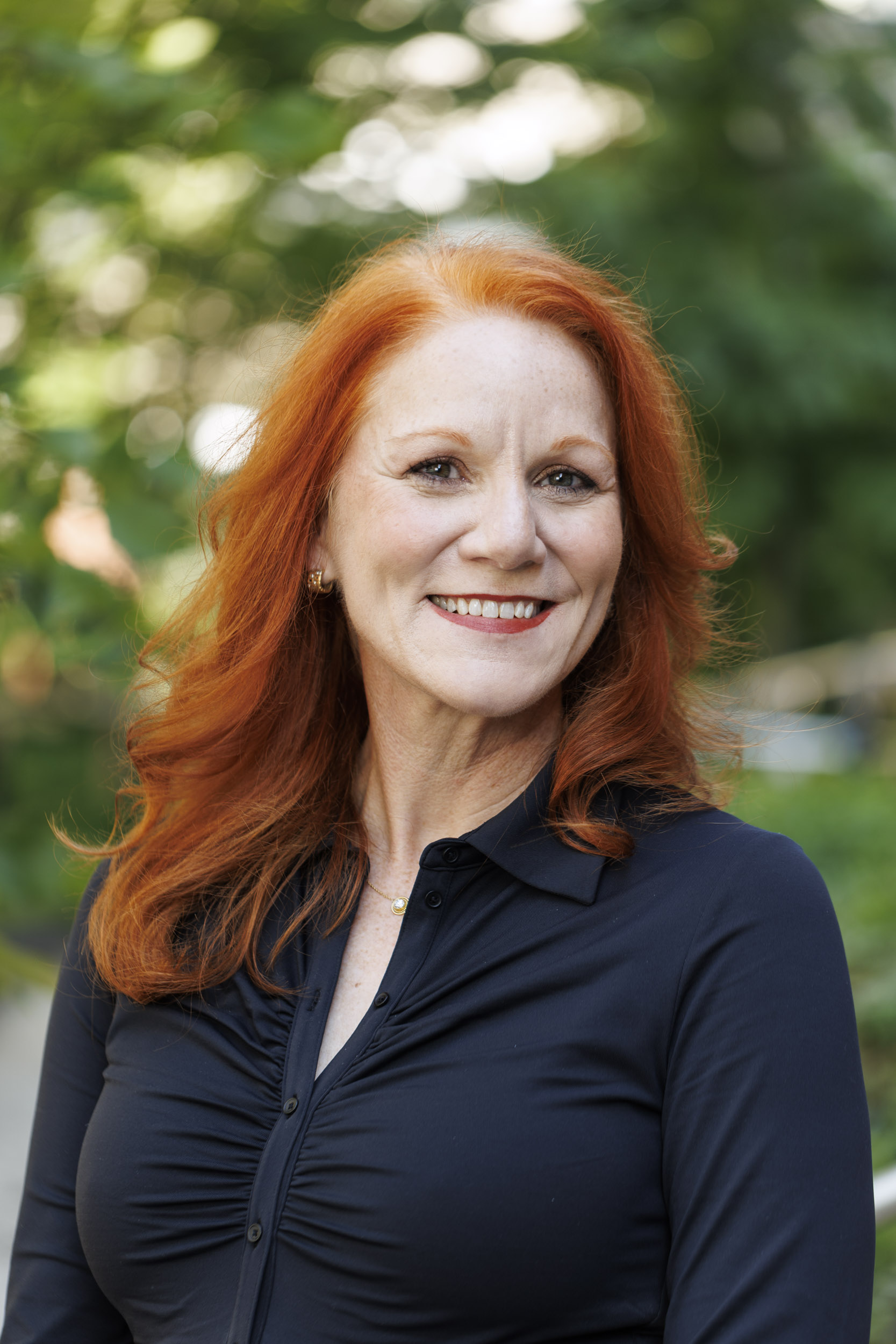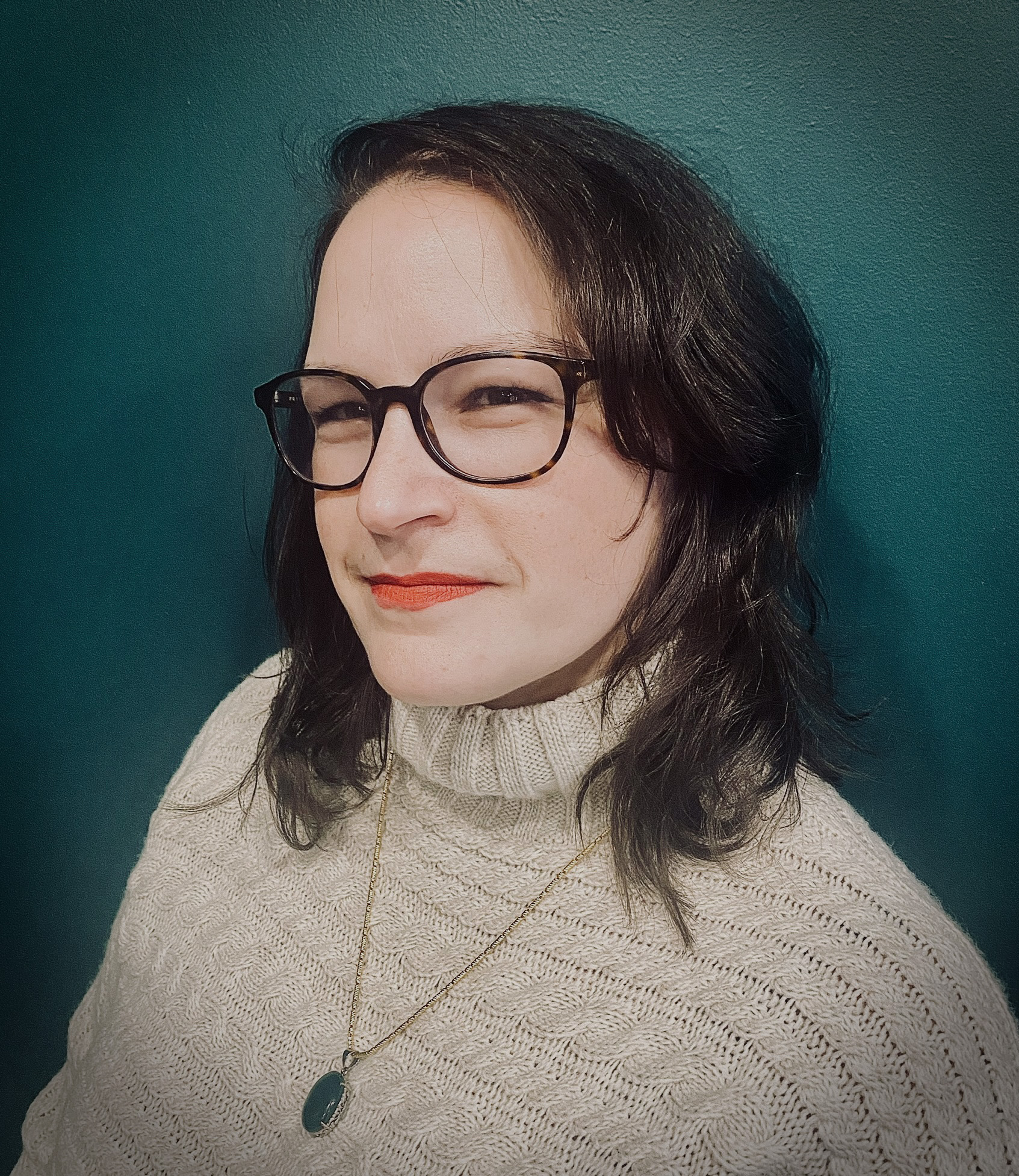Symposia
Personality Disorders
1 - (SYM 80) I Want to Feel Like a Team Again: Couples' Experience of Borderline Personality Disorder and What They Want for Treatment

Elizabeth A. Earle, B.A.
Clinical Psychology Graduate Student
York University
Toronto, Ontario, Canada- RV
Ruth Vanstone, MA (she/her/hers)
PhD Student
York University
tORONTO, Ontario, Canada 
Skye Fitzpatrick, Ph.D. (she/her/hers)
Assistant Professor
York University
Toronto, Ontario, Canada- SV
Sonya Varma, M.A. (she/her/hers)
Doctoral Student
York University
East York, Ontario, Canada 
Talia Tissera, B.S.
Clinical Psychology MA Student
York University
Toronto, Ontario, Canada- JT
Jenna Traynor, PhD
Research psychologist
McLean Hospital
Belmont, Massachusetts, United States 
Candice Monson, Ph.D. (she/her/hers)
Professor
Toronto Metropolitan University
Toronto, Ontario, Canada
Rachel Liebman, Ph.D.
Clinical Psychologist
University Health Network
Toronto, Ontario, Canada
Presenter(s)
Co-author(s)
Co-Author(s)
Co-author(s)
Borderline personality disorder (BPD) exacerbates and is exacerbated by relationship dysfunction, and people with BPD’s intimate partners report high rates of distress. Consequently, conjoint interventions for people with BPD and their partners have been developed. However, little is known about how BPD tangibly impacts relationships from the lived perspective of the person with BPD and their partners, or their goals for conjoint treatment. This lack of knowledge de-centers lived experience in intervention development. The present study therefore utilized a qualitative thematic analysis to illuminate the impact of BPD on their relationship and their goals for treatment for couples wherein one member has BPD. The analysis consisted of 19 people with BPD (BPD+ partners) and their partners (BPD- partners) who were enrolled in a clinical trial (Sage) testing a novel couple therapy for BPD. In the first session of Sage, couples were asked to write a letter to each other that describes the impact of BPD on their relationship and selves, as well as their goals for treatment. These letters, along with individuals’ reactions to hearing their partners’ letter, were transcribed and subjected to a deductive thematic analysis. BPD- partners expressed anxiety about when BPD symptoms will occur and trying to ‘fix’ problems and feeling depleted. Couples also expressed a sense of disconnection and feeling stuck in a cycle of hurting one another. Couples stated several treatment goals including enhancing communication, reducing painful emotions and loneliness, and BPD- partners wanting more concrete guidance regarding how to respond to people with BPD’s intense emotions. Finally, reactions to the letter revealed a tendency for BPD- partners to minimize their expressions of distress or frustration, and BPD+ partners to focus more on negative expressions from BPD- partners than positive ones. Couples also expressed feeling lost about where to begin to heal their relationship, while in other instances expressed alignment on treatment goals and hope for the future. Community engagement and advocacy requires centering the lived experiences of people with a disorder and their loved ones to identify the tangible ways that the disorder impacts them and inform intervention targets. Our research reveals that BPD impacts not only the individual with the disorder, but also their close community members, and that enhancing communication/connection as well as emotion regulation may be key targets for couple interventions with this population.

.png)
